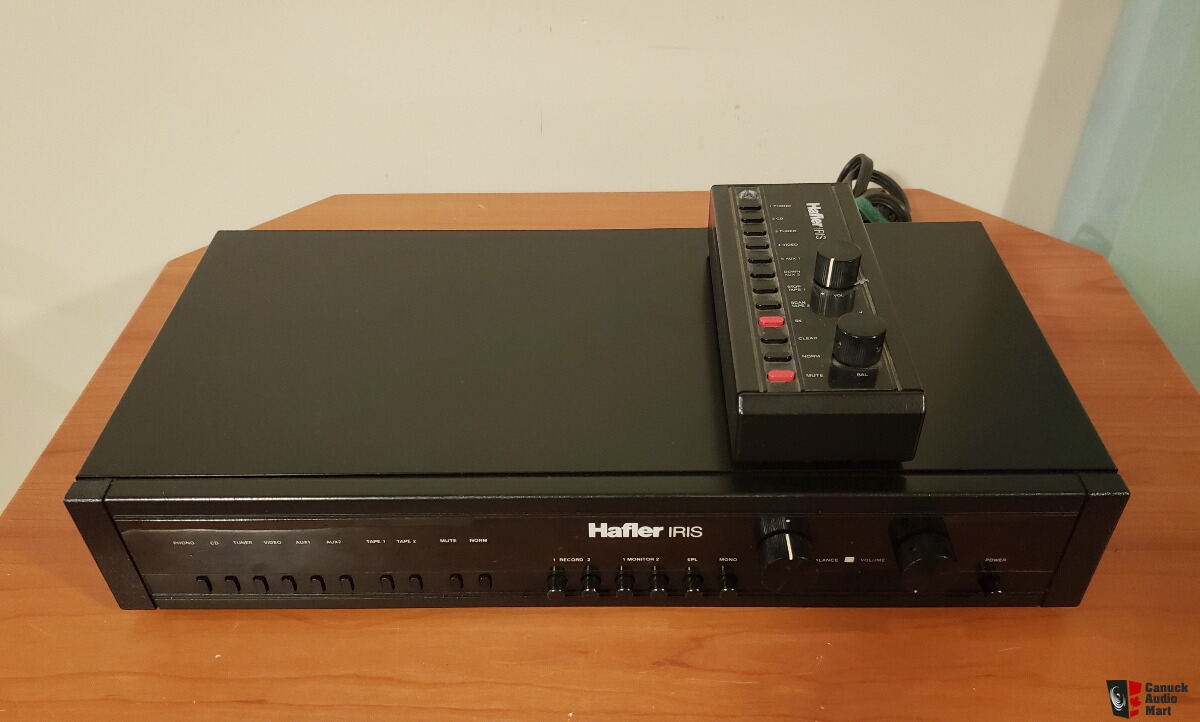hilde45 OP
I haven’t been in an audio showroom for many, many years, know nothing about current equipment, which is why I talk about features, advantages of .... and specifically mention only equipment I have owned or close friends have owned. Thus I sound like a broken record, mocking bird repeating ....
I never fully trusted showroom or audio show imperfect comparisons back in the day except to get a general sense of things, what to risk some money on.
Audio shop in Brooklyn Heights, late 60’s, did the best, they rolled each speaker from big room down the hall into the listening room (no cones of other speakers in the room), comparisons by memory, but outstanding/involving was instantly obvious.
TUBES
I have inherited/owned and like Vintage tube preamps and amps, and hear differences, but usually they are using different tubes somewhere, so not true/direct comparisons. I test my own tubes, test friends tubes, give friends tubes from my collection of new/mostly used pulls that test good, never a direct comparison. I buy quad matched, test them when received, then after a while truly matched? I check everything annually just before thanksgiving.
Fisher 80 az tube mono blocks (used a few different tube types) EL37’s originally.
Fisher Receivers, 500C (3) and 800c (500c with am tuner added)
Cayin A88T (current in main system) (had to sound as good as my Fisher 80az mono blocks). They do, and I changed 6550s to KT88s, prefer them. Had Steve at VAS re-bias them (A88T m1 needed for 16 ohm taps for Vintage 16 ohm speakers. m1 bias adjustment is internal)
I use a Little Luxman 10 wpc tube integrated in my office, never compared to anything, sounds great driving my restored Vintage AR-2ax speakers. Sources: Vintage TT; Vintage R2R; Modern PC/usb out/DAC.
My friends mostly have tube equipment, in their systems, several things especially speakers and the room make differences.
.......................................
SS
I was given a McIntosh SS mc2250. Picked up and took straight to Harvey's 45th street, NYC (McIntosh Lab Day, I had made an appointment). McIntosh tested, said ’unusual specimen, accurate to 305 wpc’, 1 led out, mailed it to me, I changed it. Drove JSE Infinite Slope Model 2’s with it for years.It was designed to ’do nothing’, and that’s exactly what it did to my ears. It was the speakers that were outstanding.
At that time I compared 3 amps with 3 sets of color coded speaker wires (all home made cat 5), with WBT locking Bananas for myself and friends.
Fisher 500c tube receiver; Fisher 80az mono blocks; McIntosh SS2250, all thru the very revealing JSE’s
I also had the same content: CD; LP; 4 track Reel to Reel, pre-recorded.
EVERYONE picked LP over CD, and R2R over LP.
EVERYONE picked Tubes over SS, mono blocks generally, not always preferred to 500c receiver.
I had/have zero hum, however it wasn’t always a perfect volume match, that influences things as you know.
Yamaha SS CR-1020 Receiver for Garage/Shop system. It sounds darn good, now driving my other pair of restored AR-2ax speakers in the garage, a variety of small speakers in the shop..
It replaced prior Tandberg SS TR-1080, which I think had the most unique SS sound of any SS I have owned, wonderful sound driving a variety of speakers, two sets for garage and shop.
Never directly compared (Tandberg was not functioning, Yamaha is a big heavy beast).
so, no, I have not directly compared SS amps directly.
....................................
Vintage, lacking remote control,
Is why I keep recommending the Chase RLC-1, especially remote volume and remote balance. I use 3 currently
Main: sources to tube preamp; preamp to Chase (volume and balance); Chase to Integrated.
Office: remote power only (Luxman physical power button stays on)
Garage Shop: thru tape loop for in/out comparison, never a difference as has been true for many many years.


